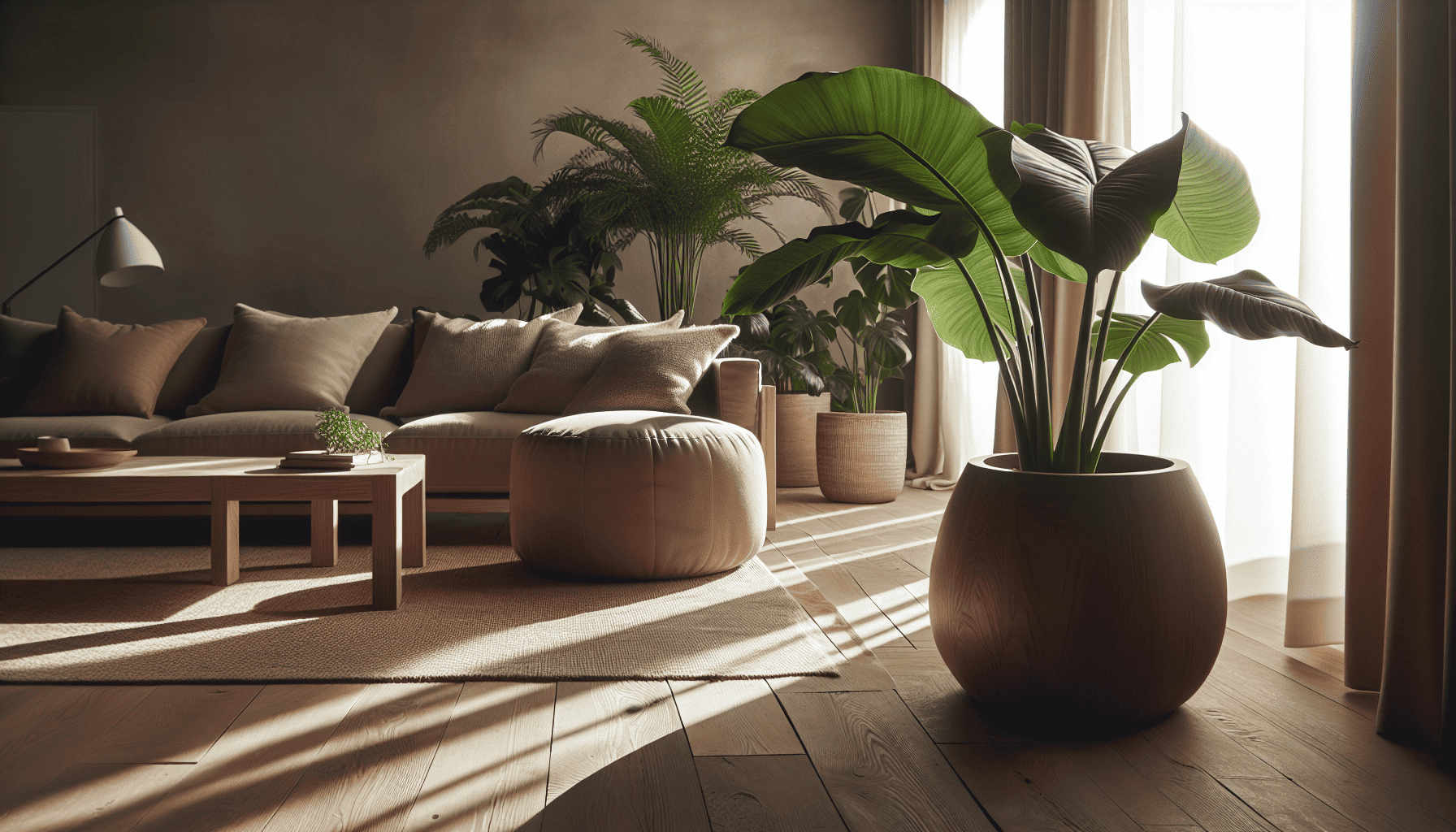In recent years, the movement toward sustainable living has gained considerable momentum. Many people are realizing the importance of making eco-friendly choices, not just for the health of the planet, but also for the well-being of their families. One significant way to embrace this lifestyle is through eco-friendly interior design. By incorporating sustainable practices into your home's design, you can create spaces that are both beautiful and kind to the environment. Here are some practical tips to help you make a positive impact.
Choose Sustainable Materials
The foundation of eco-friendly interior design lies in the materials you choose. Opt for sustainable materials such as bamboo, recycled metal, or reclaimed wood for your furniture and flooring. These materials are not only durable but also reduce the demand for new resources. Bamboo, for instance, is a fast-growing plant that can replace traditional wood without the same environmental costs.
Prioritize Energy Efficiency
Energy efficiency is at the heart of sustainable living. Consider replacing incandescent bulbs with LED or CFL lights, which use significantly less energy and have a longer lifespan. Additionally, investing in energy-efficient appliances will reduce your household's overall energy consumption. Installing a programmable thermostat can further enhance energy efficiency by allowing you to control heating and cooling systems more effectively.
Embrace Natural Light
Maximize the use of natural light in your home to decrease reliance on artificial lighting. Large windows, skylights, and strategically placed mirrors can help brighten spaces and reduce the need for electrical lighting during daytime. Not only does natural light enhance the aesthetics of a room, but it also contributes to a healthier indoor environment by improving mood and productivity.
Use Non-Toxic Paints and Finishes
Many conventional paints and finishes contain volatile organic compounds (VOCs), which can be harmful to both the environment and your health. When selecting paints, look for options labeled as low-VOC or VOC-free. These alternatives are available in a wide range of colors and finishes, allowing you to maintain your desired aesthetic without sacrificing air quality.
Invest in Quality Over Quantity
In the world of interior design, less truly can be more. Investing in high-quality furniture and decor pieces ensures longevity and prevents the need for frequent replacements. This approach not only saves money in the long run but also reduces waste. Opt for timeless pieces that you can easily update with minor changes rather than trendy items that will quickly go out of style.
Incorporate Indoor Plants
Plants are a natural way to enhance indoor air quality and contribute to a sustainable environment. They absorb carbon dioxide and release oxygen, making them excellent air purifiers. Consider adding a variety of houseplants like spider plants, peace lilies, or succulents to your decor. Besides their environmental benefits, plants add life and vibrancy to any living space.
Recycle and Upcycle
Before purchasing new items, consider what you already own. Recycling and upcycling are creative methods to breathe new life into old furniture and accessories. A fresh coat of eco-friendly paint or repurposing an item for a different use can give your interior a unique and personal touch. This not only minimizes waste but also encourages creativity and individuality in your design.
Support Local Artisans
Supporting local artisans is a simple yet effective way to achieve an eco-friendly interior. Locally made goods typically require less energy for transportation, and buying from artisans often supports sustainable practices and the local economy. Whether it's a handcrafted piece of furniture or a unique art installation, locally sourced items add character and authenticity to your home.
Reduce Water Usage
While water conservation might not immediately come to mind when considering interior design, it's a crucial part of sustainable living. Installing low-flow faucets and showerheads can significantly reduce water consumption. Incorporating water-efficient appliances, such as dishwashers and washing machines, can also make a considerable difference in water usage.
Embracing eco-friendly interior design is a powerful step toward sustainable living. By making mindful choices about materials, energy use, and consumption, you can create a healthy and environmentally conscious home that supports both your lifestyle and the planet. With these sustainable design tips, you have the tools to make small changes that lead to a significant impact.
